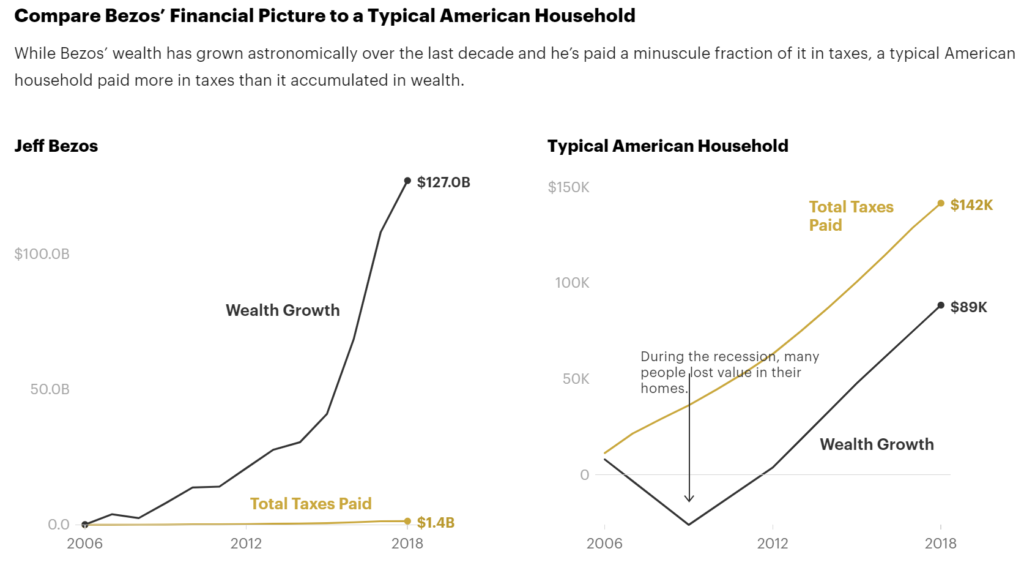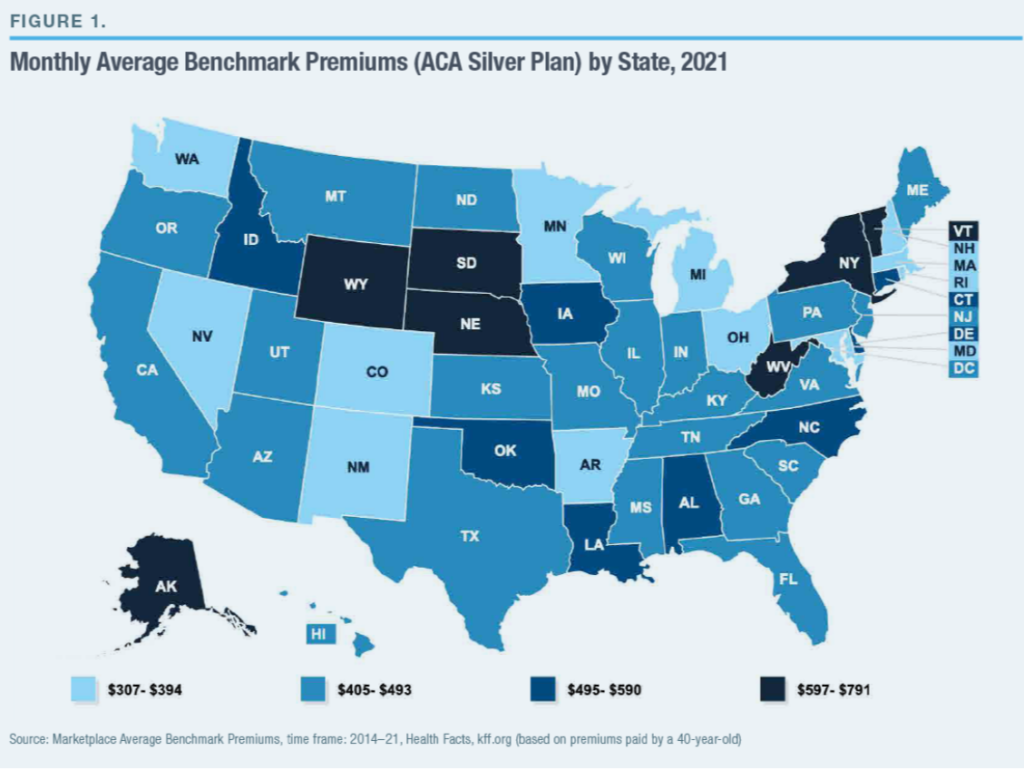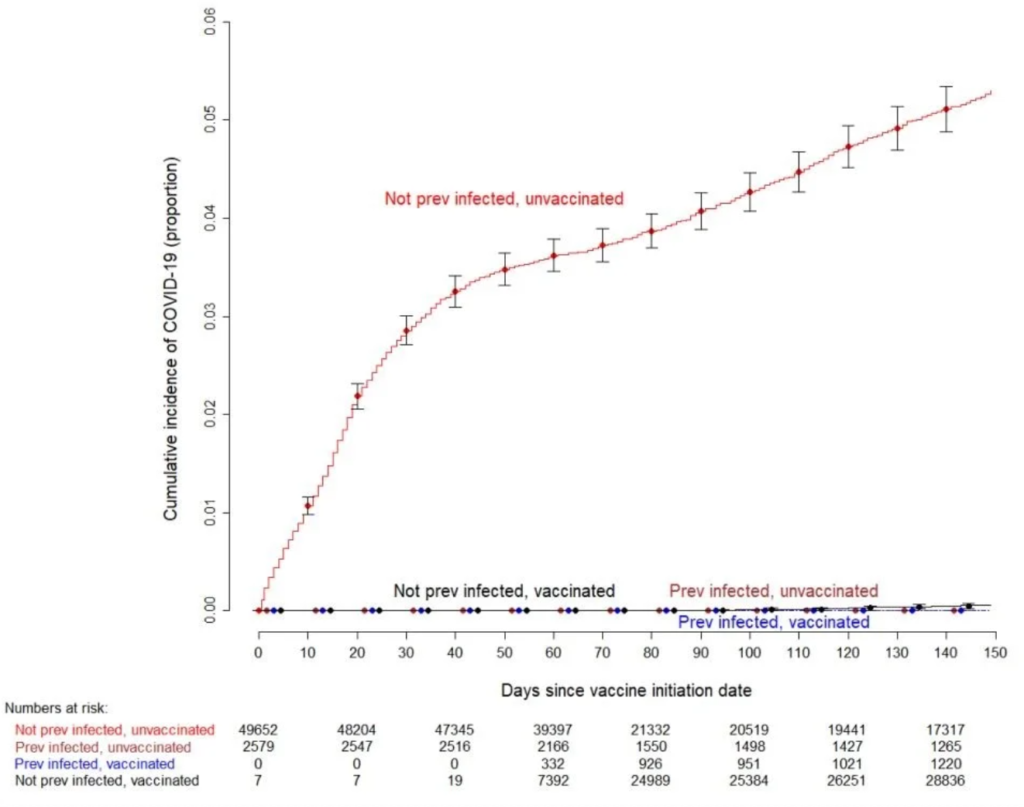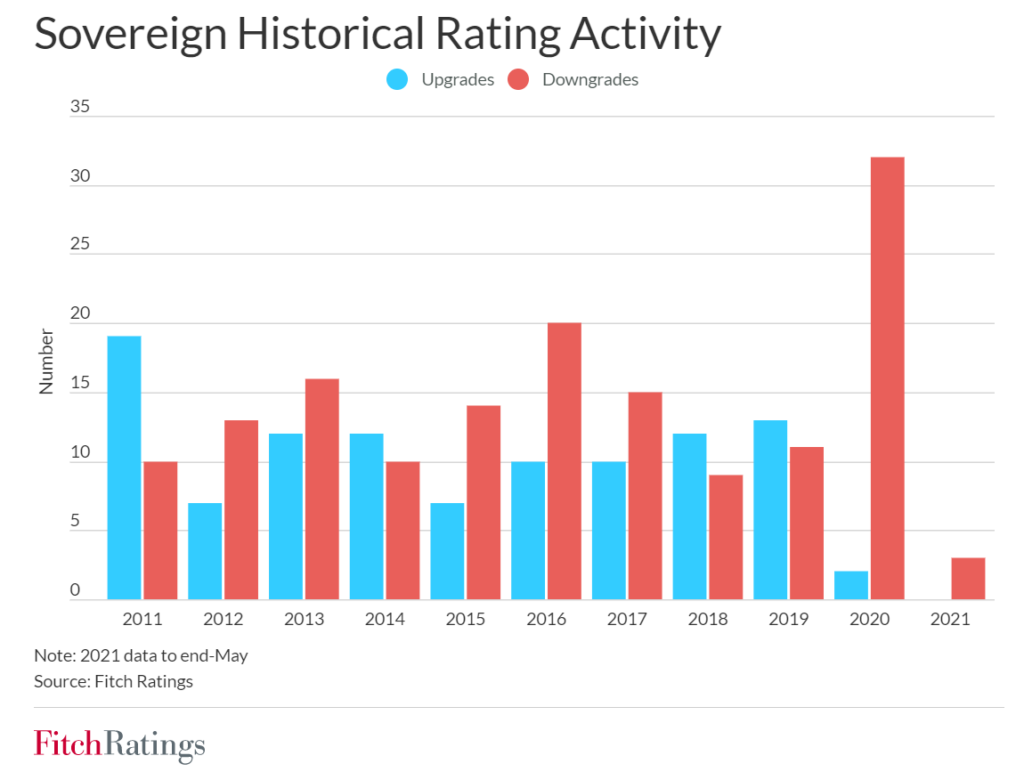Excerpt:
Preliminary finding show that traffic fatalities rose in most major categories over 2019:
Passenger vehicle occupants (23,395, up 5%)
Pedestrians (6,205, flat from 2019)
Motorcyclists (5,015, up 9%)
Pedalcyclists (people on bikes) (846, up 5%)
Crash factors and demographics reviewed by NHTSA that showed the largest increases in 2020 as compared to 2019 included:
non-Hispanic Black people (up 23%);
occupant ejection (up 20%);
unrestrained occupants of passenger vehicles (up 15%);
on urban interstates (up 15%);
on urban local/collector roads (up 12%);
in speeding-related crashes (up 11%);
on rural local/collector roads (up 11%);
during nighttime (up 11%);
during the weekend (up 9%);
in rollover crashes (up 9%);
in single-vehicle crashes (up 9%) and;
in police-reported alcohol involvement crashes (up 9%).
There are a few categories that are projected to have decreases in fatalities in 2020. Fatalities in crashes involving a large truck (commercial or non-commercial use) are projected to decline marginally (down 2%). Fatalities among older persons (65+ years of age) are projected to decline by about 9 percent.
Publication Date: 3 June 2021
Publication Site: National Highway Traffic Safety Administration





